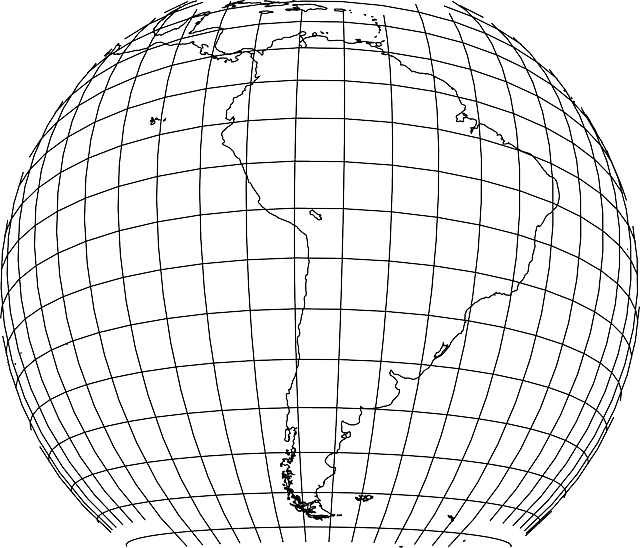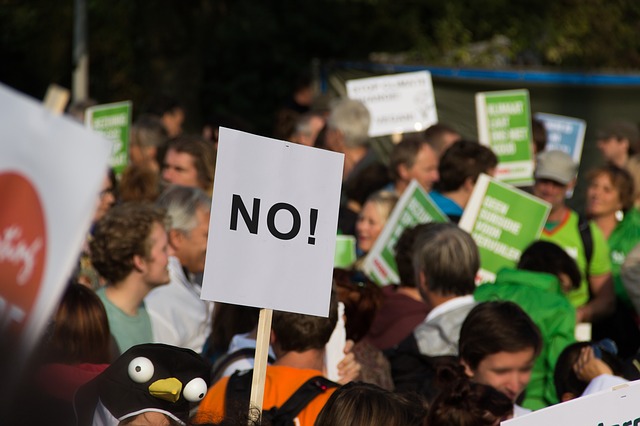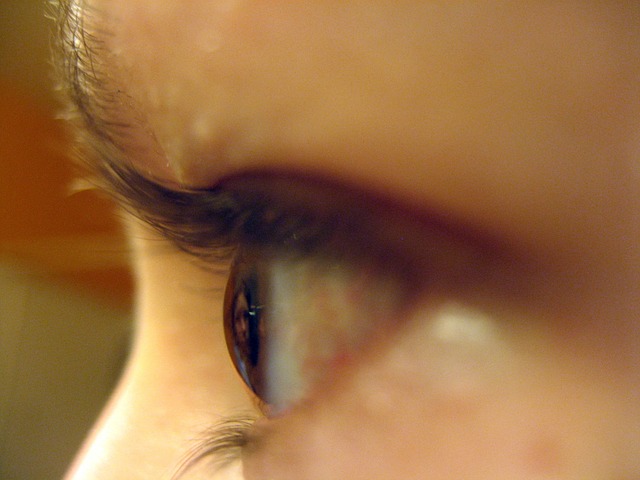Moves are said to be afoot in the international community for a radical overhaul of the way time zones are organized. For over a hundred years, time zones have been drawn solely down the lines of longitude as an offset from Greenwich Mean Time. This allows for the way sunlight strikes the earth according to its rotation. However, these existing time zones do not allow for different amounts of daylight at different latitudes as an offset from the equator; amounting to twenty-four hours between the poles. Some have argued that the scheme is too complicated and will be bound to confuse people since it is likely to involve 576 time zones but proponents of the new system disagree and claim that modern technology is up to the challenge. "It will be very simple to include a GPS monitoring system in watches, phones, or any other portable hardware." said Arno Borchert a particular advocate of modernising time zones. "Anything with a clock in it will automatically adjust the time as you cross over into a new zone. Right now, northern latitudes are in the dark and southern latitudes are in full daylight, or vice versa, but both are operating on the same time. Where's the sense in that?"


 Delegating your protest
Delegating your protest
 'Rose tinted' lenses to go on sale
'Rose tinted' lenses to go on sale